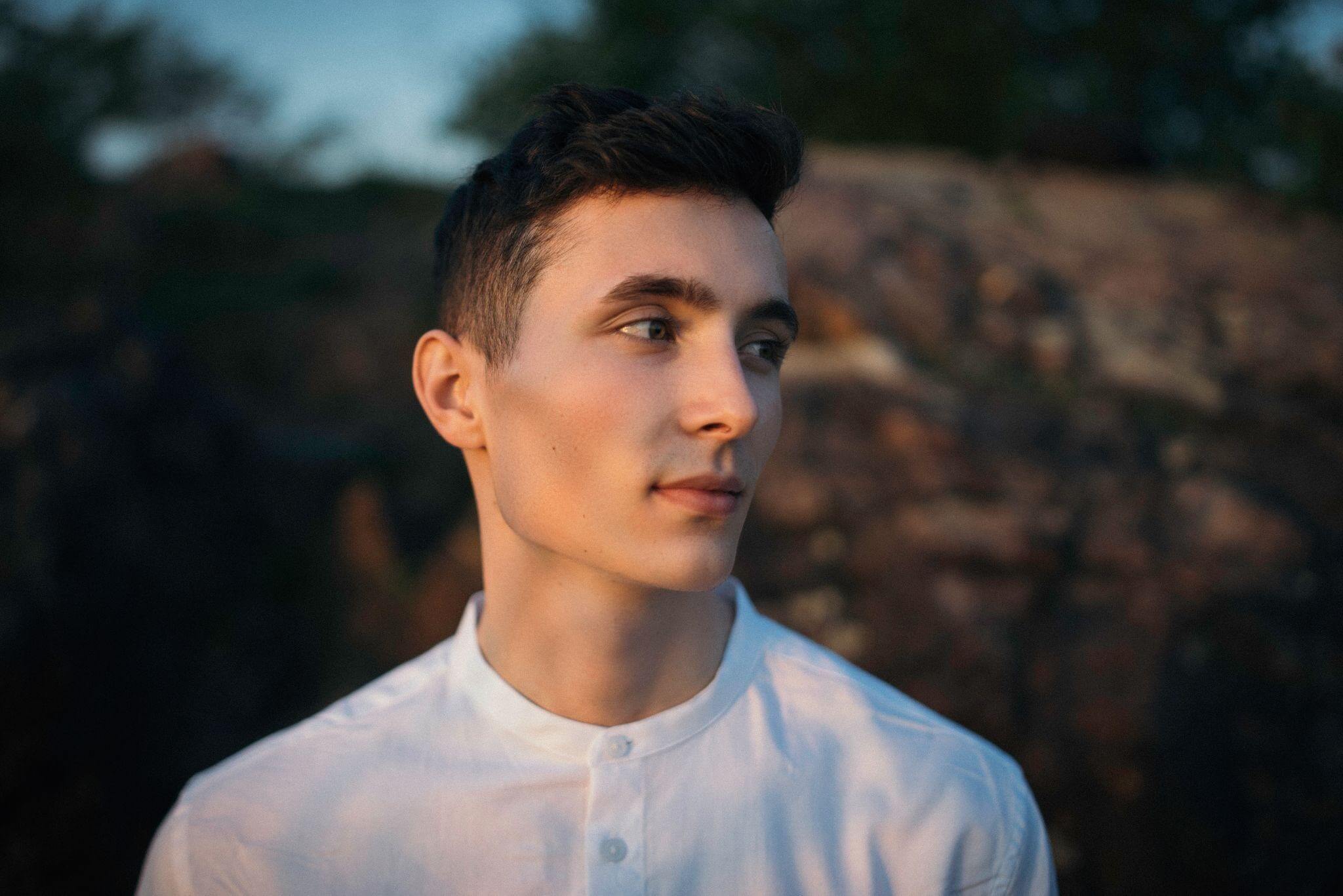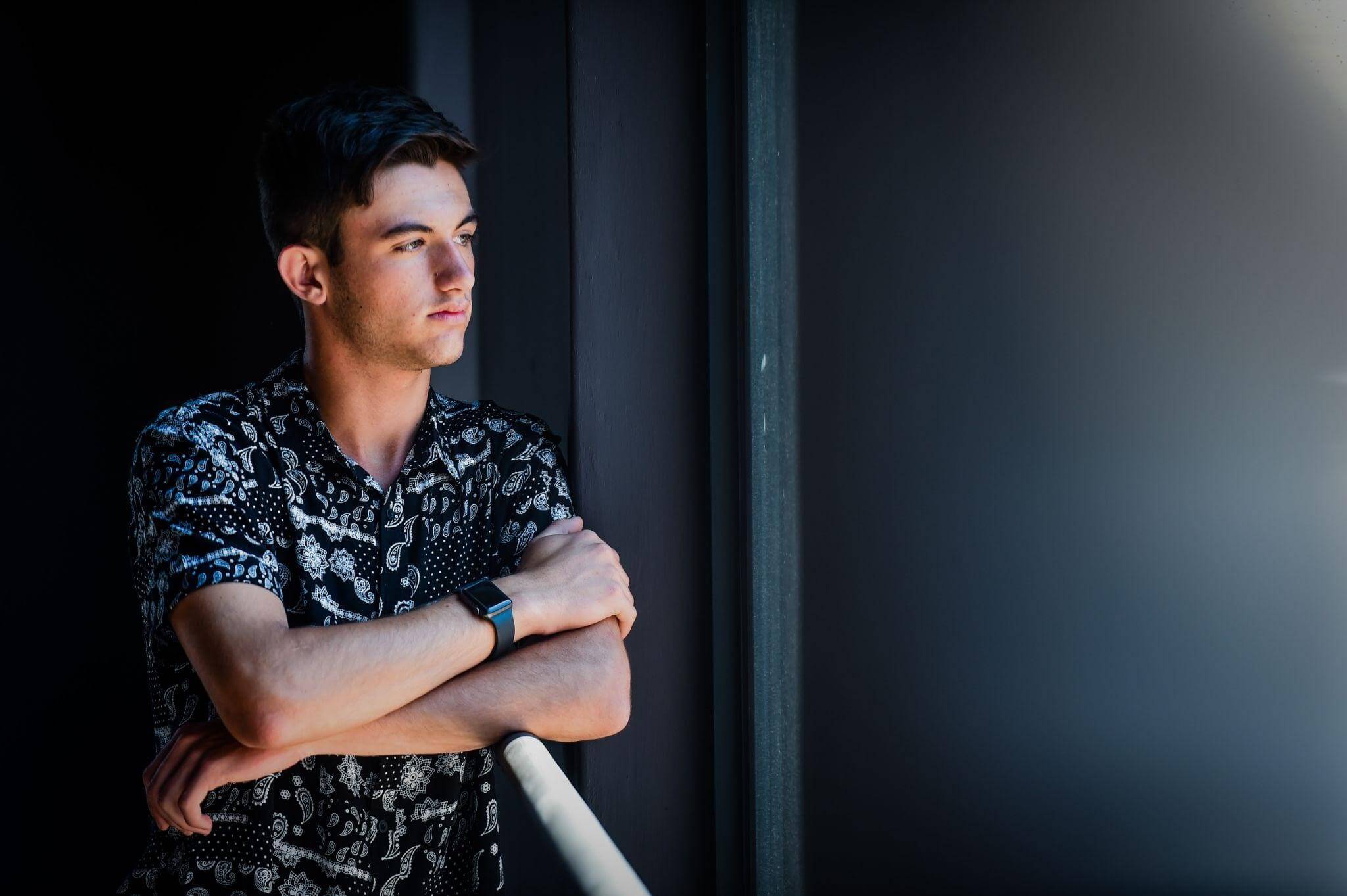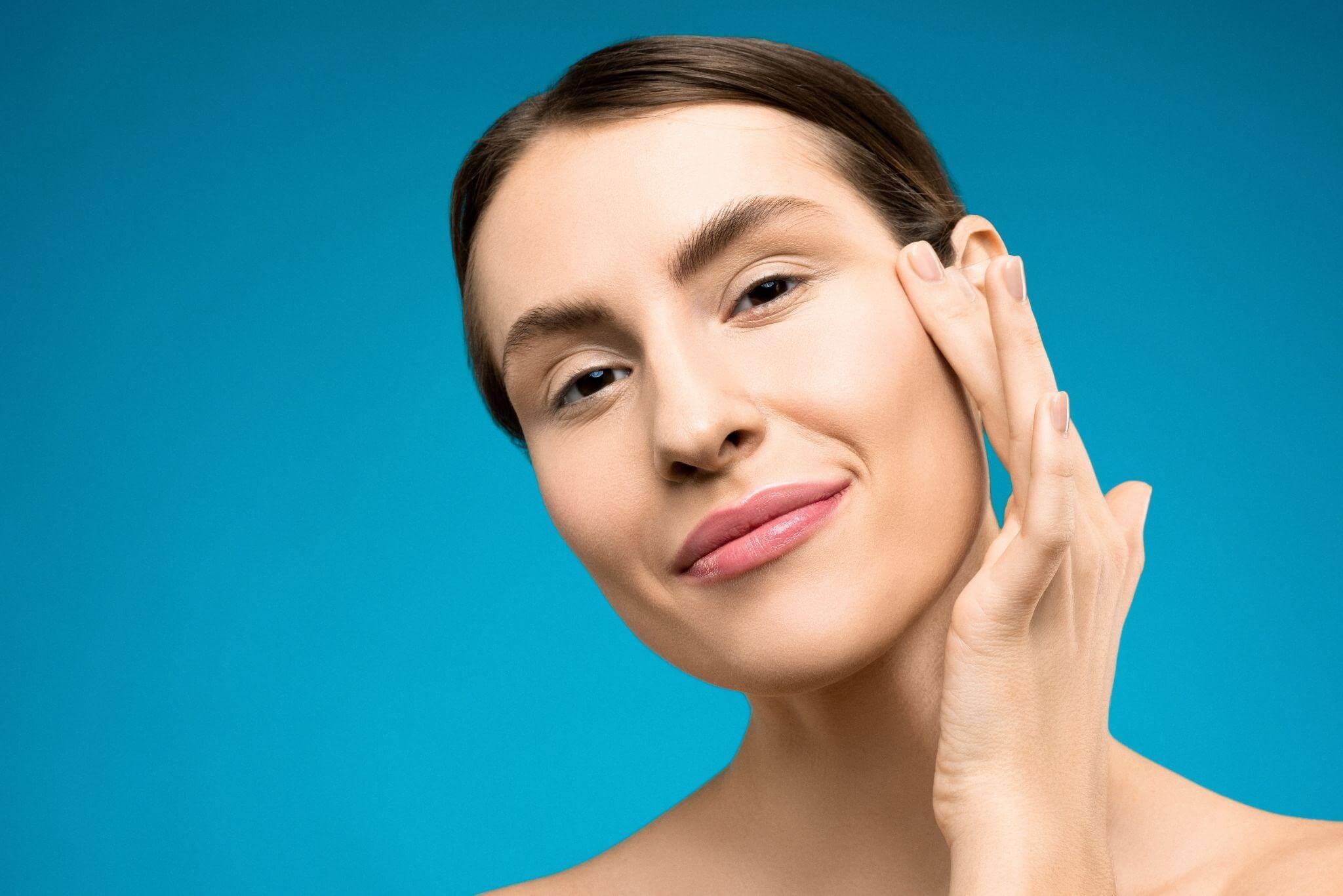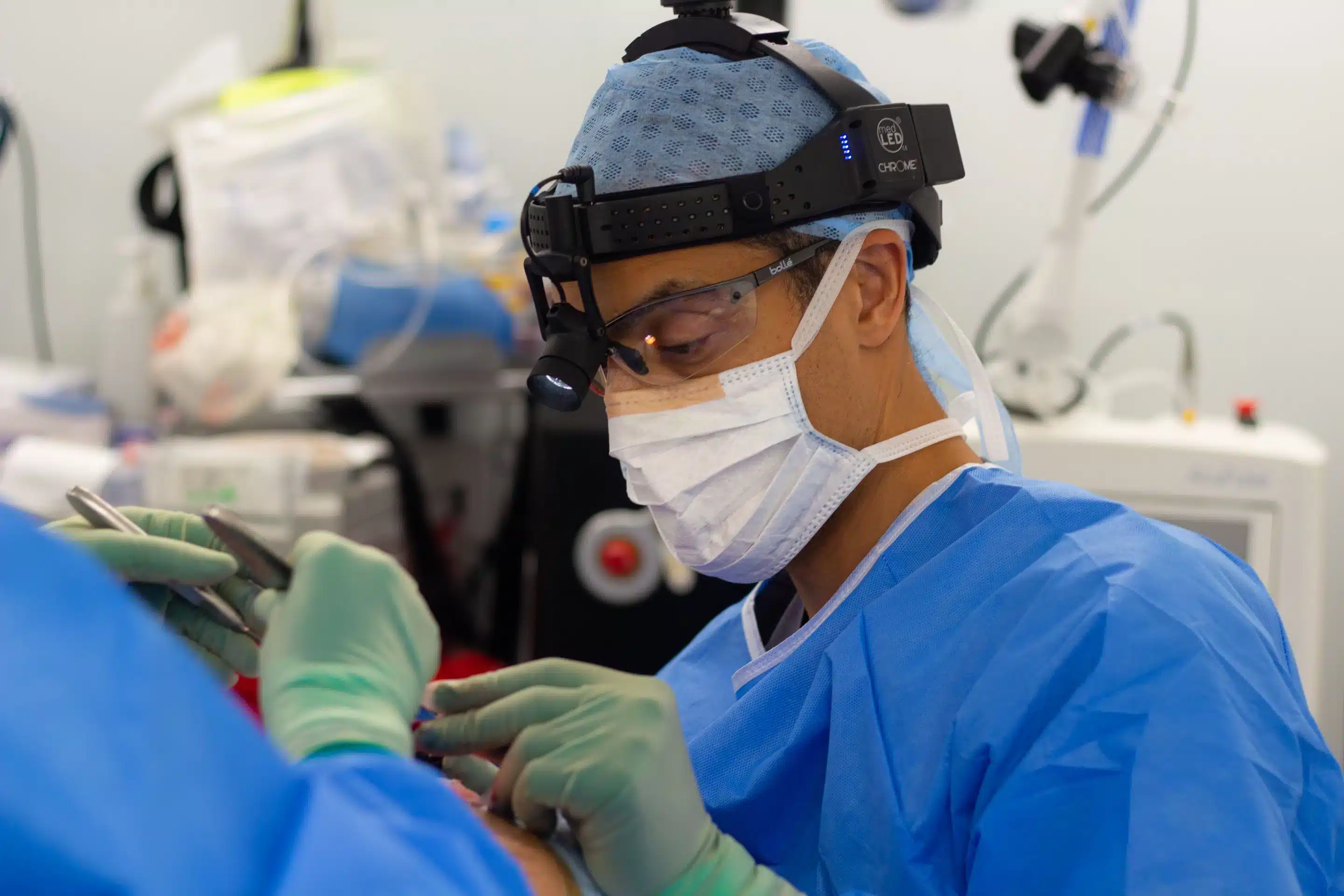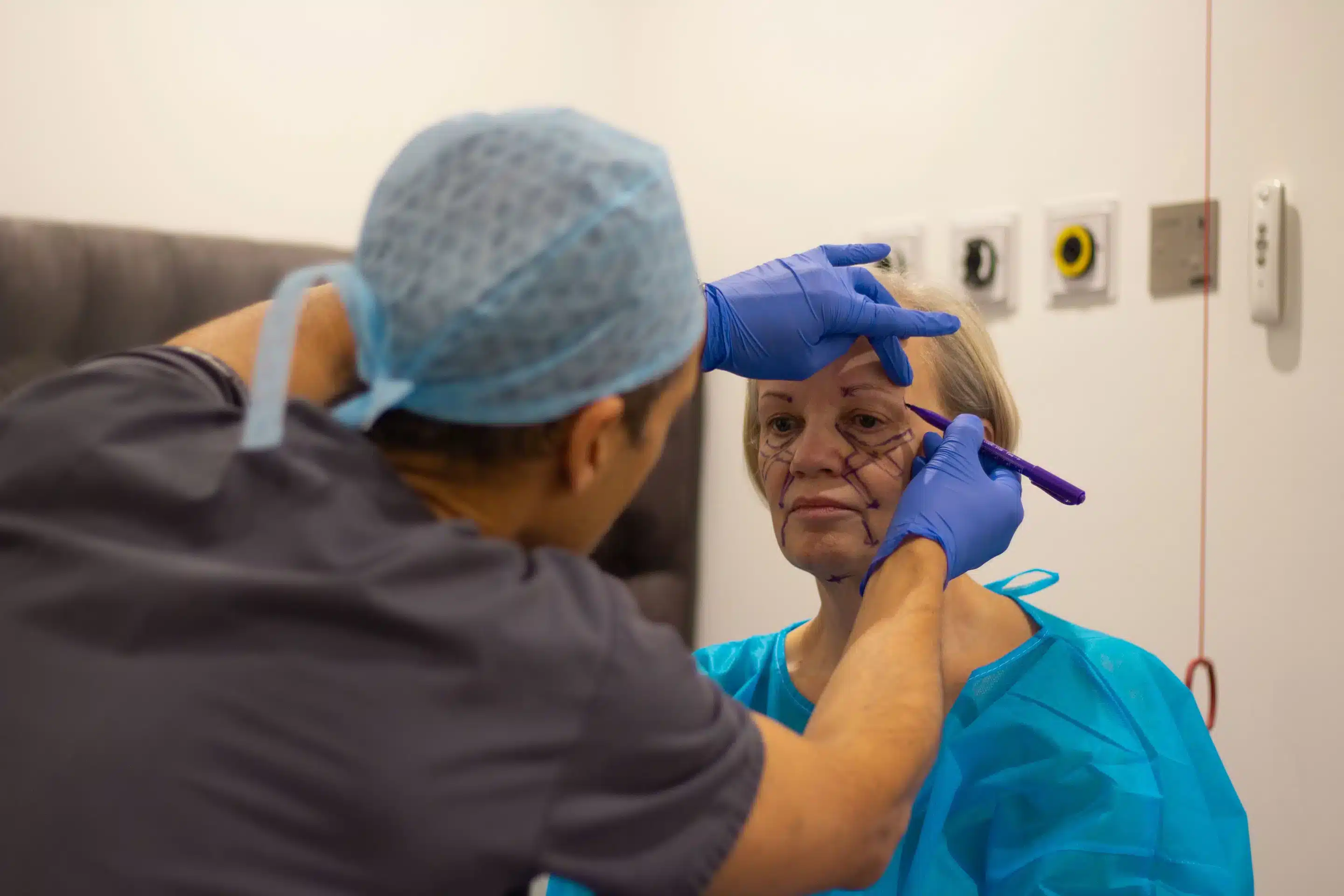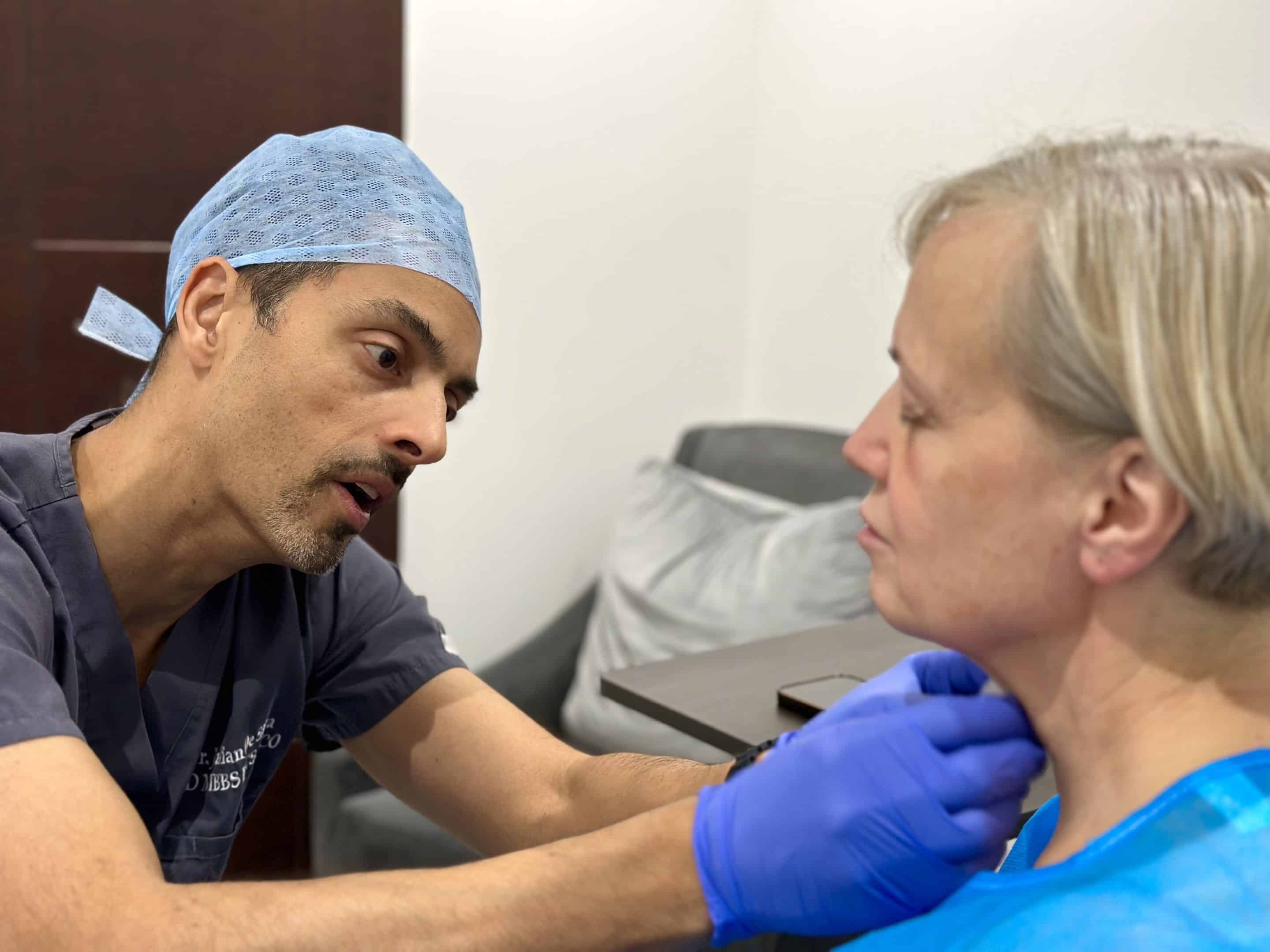Swelling after rhinoplasty is a part of the body’s natural healing process.
Rhinoplasty is a life-changing procedure that entails some downtime. Swelling after rhinoplasty is normal, so you shouldn’t worry much about it.
But how long does swelling after rhinoplasty last? Are there any other risks associated with rhinoplasty?
In this article, I will talk about how long swelling after rhinoplasty lasts and the risks linked to rhinoplasty. I will also walk you through the whole process and explain when you should consult an expert rhinoplasty surgeon.
What Happens Before a Nose Job
Swelling after rhinoplasty is normal among nose job patients.
I will examine your skin, especially the skin on your nose. I will also consider other parts you would like to modify. I will then develop a plan tailored for you.
Before you undergo the procedure, you must set a consultation with me. It’s important to discuss vital factors that will determine whether the surgery will work well for you such as the right age for a nose job.
In general, the consultation includes:
- Your Medical HistoryI will ask questions about your medical history. This includes any previous surgeries or any medications you take.
- Discussion of Your ExpectationsWe have to talk about your goals and motivations for the surgery. In return, I will discuss and explain what rhinoplasty can and can’t do for you.The discussion will also include what type of nose job results you can expect. Feeling a bit self-conscious is normal when discussing your appearance. However, you must be open with me about your desires and goals for surgery.
- Brief Physical ExaminationI will conduct a brief physical examination of your face. This includes examining your nose, how it looks according to other parts of your face, and how the other parts of your face look relative to your nose. I might recommend other procedures such as chin augmentation surgery if your chin is tiny. The reason is that a tiny chin makes it seem like your nose is bigger.
Once we agree with everything discussed, you can set an appointment for your nose job.
Before the surgery, I will take photographs of different angles. Computer software may be used to manipulate the pictures so you can see what results are possible. I will then use the photos for before-and-after assessments.
The photos will also be used as a reference during surgery and for long-term reviews. Essentially, the photos taken allow a specific discussion about your goals for the surgery.
Once your surgery is scheduled, you need to arrange for someone to drive you home. You must also have someone help you with personal care tasks as you recover from surgery.
What Happens During a Nose Job
You can expect some swelling after rhinoplasty.
The procedure for rhinoplasty does not have an ordered series of steps. Every surgery is unique and customised for each patient. It’s done this way to cater to the specific anatomy and goals of the person getting the surgery.
In my clinic, a nose job transformation involves sedation anesthesia.
How long the procedure will last highly depends on the surgery’s complexity.
During the surgery, you will be totally unconscious.
The procedure may be done inside your nose. It can also be done through a small external cut made on the nasal base. This incision can be usually found between the nostrils.
During the procedure, I will readjust the bone beneath your skin. This also includes the cartilage underneath.
Adjusting the form of your nose’s cartilage and/or bones can be done in different ways. This really depends on what changes are needed, how your nose is built, and the best surgical method for its shape.
After I’ve adjusted the nose, I’ll reposition its skin and underlying tissues. Then, I’ll sew up any cuts made inside.
If the middle part of your nose isn’t straight, you might need an operation to correct it. This can help you breathe better.
Once the surgery is done, you’ll be taken to a recovery area. Our team will keep an eye on you as you come around. Most of the time, you can head home on the same day since staying overnight isn’t typically needed after nose surgery.
What Happens After a Nose Job
Swelling after rhinoplasty is normal and something you should not be afraid of.
You need to rest after the surgery. Your head should be elevated and be higher than your chest. This helps reduce bleeding and swelling.
Due to swelling, your nose might become congested.
Most of the time, the internal dressings remain in place for at least one to seven days after surgery. The splint serves as protection and support. Usually, it’s kept in place for about one week.
A few days after your surgery, you might notice a bit of bleeding and some mucus or blood coming out, especially after taking off any bandages.
You might get a pad for nose drippings, which is a little bit of gauze, stuck under your nose with some tape. This is to catch any liquid coming from your nose.
It’s important to change this gauze when you’re told to. And remember, don’t press the drip gauze too strongly on your nose.
Risks of Rhinoplasty
Swelling after rhinoplasty is a typical risk linked to a nose job.
Receiving plastic surgery is a personal decision. You also need to decide if the procedure’s benefits will help you achieve your goals. Additionally, you need to consider the risks and potential complications associated with rhinoplasty.
Risks for rhinoplasty surgery include:
- Swelling
- Risks associated with anaesthesia
- Changes in the sensation of the skin
- Numbness
- Pain
- Difficulty breathing
- Infection
- Scarring
- Poor wound healing
- Discoloration of the skin
- Unsatisfactory nasal appearance
- Although rare, nasal septal perforation or a hole in the nasal septum might still be possible.
How Long Does a Nose Job Take to Heal: Nose Job Recovery Time
Swelling after rhinoplasty eventually subsides.
So how long does a nose job take to heal?
Your nose job recovery time can take weeks. It will take at least six months to one year after the operation before you can completely get the final nose job results.
If you plan to get a nose job, you should also plan to take a break from work, school, or any other obligations.
While recovering, you should avoid any strenuous activities that may delay your recovery.
During the first week, you will gradually feel better. A week after the surgery, most patients feel like being themselves again.
Swelling after rhinoplasty is normal. It could take months for the swelling to be completely gone. However, the majority of the people would not even think it’s there in a few months.
You can expect these things to occur while you’re recovering from your nose job surgery:
Week 1
● The swelling starts to subside.
About 80% will start to subside a week after the operation. Although it starts to subside, your swollen nose tip will be there for a few months.
● The condition of bruising will improve.
After the surgery, most patients will experience minimal nose job bruising. A week after the surgery, the bruises will start to become less noticeable. To avoid making the bruises become worse, you should avoid any form of exercise for at least three weeks.
● You won’t feel pain.
The day after your surgery, you’re less likely to feel any pain. Normally, patients will experience minimal pain within a period of 24 hours.
● Your nose will be less congested.
Right after the operation, your nose will feel blocked or congested. A week after the operation, your nose will feel less congested.
● Your nose will feel numb.
You might not be able to feel the tip of your nose after the operation. The numbing feeling may also affect your upper lip.
● Scars will be less noticeable.
Scars acquired from incisions will be under your nose. However, a week after the operation, the scars will become less noticeable.
● Your nose might be dry.
Your nose might become dry after the operation if your skin is sensitive. In order to combat this, you can use saline spray.
● You can use makeup.
A week after the surgery, a non-irritating concealer might be used to hide your scars.
Week 2
● Swelling will continue.
Swelling will continue. However, your swollen nose tip won’t be as intense as the week after the operation.
● Bruising will completely subside.
Any nose job bruising, except those under your eyes, will completely subside.
● Nasal congestion will continue to improve.
Compared to the week after the operation, your nose will feel less blocked and congested during this week.
● Scars will become less noticeable.
Although scars will still be present, they will be less noticeable. Applying makeup will help cover those up.
Week 3
● Swelling will continue to subside.
Swelling won’t be as noticeable as it was. However, changes in your nose won’t be that visible yet. In order to further reduce swelling, you can take the anti-inflammatory medications that I prescribed.
● Your scars won’t be visible from afar.
Your scars will be noticeable at close range. However, if you wear makeup, they will not be visible anymore.
Week 4
● Fine changes will start to show.
Fine changes of the nose will be visible, regardless of the swelling.
● Your nose won’t be dry.
The dryness of your nose will continue to subside. However, it may also still continue for a month.
● Your sense of smell will go back to normal.
If you experienced a change in your sense of smell after the operation, your sense of smell should be back to normal at this stage.
Week 6
● Bruising under your eyes continues to subside.
Six weeks after your surgery, no form of bruising will be seen under your eyes at close range.
● Your scars might completely disappear.
As long as there are no other complications, your scars should completely heal at this point.
● Your sense of smell will be fully revived.
You will be able to smell things the way you did, prior to the surgery.
Two to Three Months
● There won’t be any form of dryness.
The dryness brought by the surgery will completely subside after three to six months.
● Swelling will completely subside.
Swelling will completely subside and your nose will completely heal at this stage.
Seeking Relief for Swelling After Rhinoplasty
You can do certain things to help reduce swelling after rhinoplasty.
To minimise the risks of bleeding and swelling, I will give you some precautions to follow. This may be applicable for several weeks after surgery.
I will advise you to:
- Avoid any strenuous activities. This includes aerobics and jogging.
- Consume fiber-rich foods including fruits and vegetables.
- Avoid blowing your nose.
- Extreme facial expressions shall be avoided in the meantime.
- Gently brush your teeth. As much as possible, limit the movement of your upper lip.
- Wear clothes that fasten in the front. Avoid any pull clothing. This includes shirts and sweaters. Any clothing that goes over your head should be avoided.
- Avoid wearing eyeglasses or sunglasses. This should be done for at least four weeks after the surgery. This prevents putting pressure on your nose.
- Whenever you’re outside, make sure to apply sunscreen with SPF 30 or more. Permanent discoloration of the skin of your nose may be caused by too much exposure to the sun.
- Limit your intake of sodium can help the swelling to heal faster.
When to Consult a Doctor
Extreme swelling after rhinoplasty must be reported to your doctor.
You must be aware of possible complications while you recover so you can tell your doctor about them.
Warning signs include more swelling, bruising, and pain than usual or expected. Other warning signs include fever, more bleeding, and more drainage from the incisions or your nose. Call your cosmetic doctor if you experience one or more of these problems.
Conclusion
An ideal nose job recovery is one in which you heal as fast as possible while being satisfied with the new look of your nose. Following your doctor’s instructions and being patient will help you get there.
Want to know more about rhinoplasty? Check out our Patient’s Guide to Rhinoplasty Surgery to learn more about the rhinoplasty process.
Get in touch with a doctor that will check your progress as your nose heals today!

